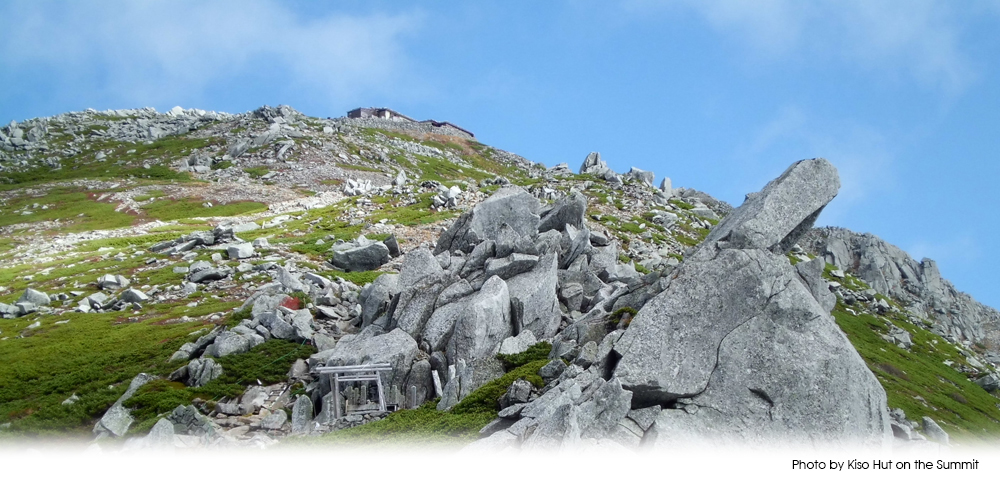 |

To the east of Agematsu Town stretches the Central Japan Alps range.
The highest peak is Mt. Kisokomagatake.
From Agematsu Town, Course A, Course B, and the Mt. Utsugidake Course are used to access the mountain.
Mt. Kazakoshi is also popular with day trip hikers recently.
On this page, we provide information to enjoy climbing in the mountains.
| Nagano Prefectural Regulations for Safe Mountain Climbing |
| Please read this for your safety when mountain climbing. Nagano Prefectural Government Website (Japanese) These regulations apply to Agematsu Course A, Agematsu Course B, and the Utsugidake Course. |
Summary of Nagano Prefectural Regulations for Mountain Climbing Safety For all climbers
|
Submission of a Mountain Climbing Plan
| If you are a group, only a single, representative person needs to submit the form. | Items to Fill-in
|
| The submission boxes are located at the following spots in Agematsu Town. (Click here to go to Google Maps) |
Agematsu Station Tourist Office (Image of a submission box) Agematsu Course A Trailhead Parking (Image of a submission box) Agematsu Course B Next to Kisokoma Hut Utsugidake Course Upper Kuramoto Community (Image of a submission box) |
Introduction of the Trails for Mt. Komagatake
About Mt. Kazakoshi Mountain Trail
Mountain Scenery
